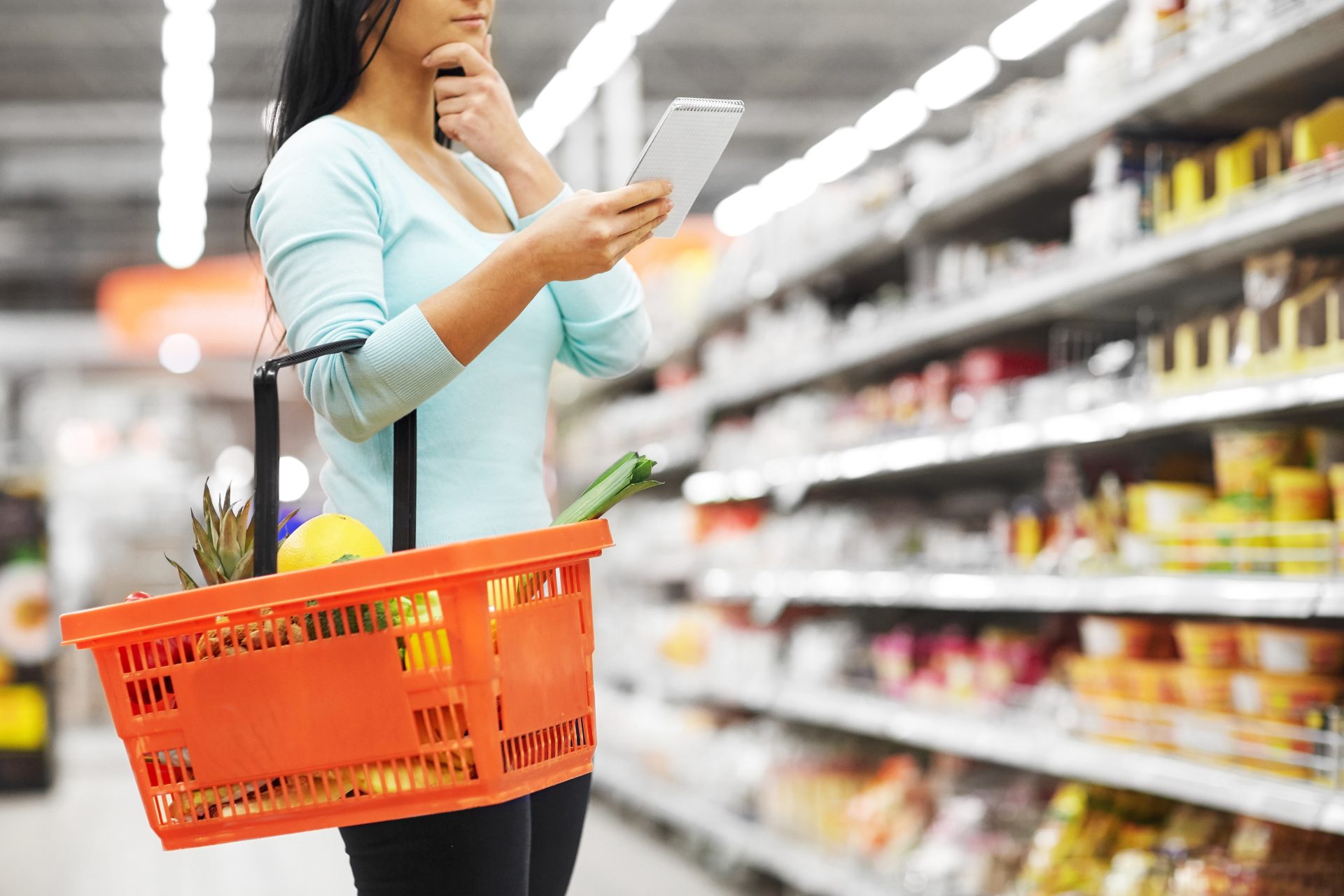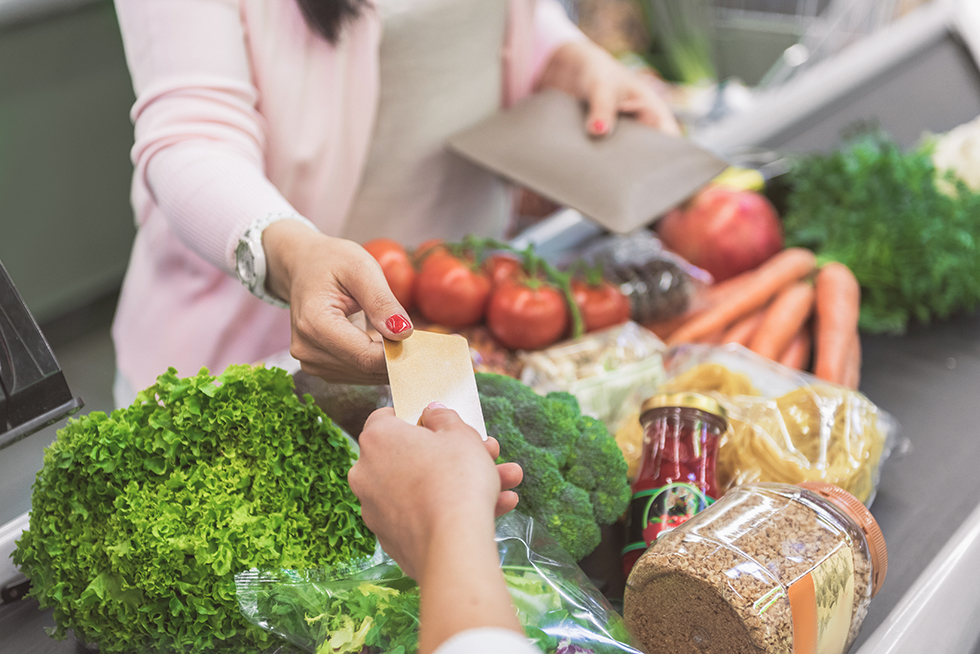
Mike McNamee has spent more than a decade helping retailers grow through data-driven insights. As senior director of account management at Upside, he partners with grocers nationwide to maximize profitability and build stronger customer relationships through personalized, margin-bound promotions.

That mission is reflected in Upside’s new “Winning the Uncommitted Customer” report, built on more than 75 million retail transactions and more than 10,000 survey responses from both retailers and consumers.
Q: Why is retention such an important focus for grocery retailers today?
McNamee: Retention has become the defining challenge for grocers. Getting a first-time shopper through the door isn’t the hard part—retailers can usually do that with a promotion or introductory discount. The real challenge is keeping that shopper and turning trials into repeat visits.
Our research shows that half of new customers don’t return after their first month of shopping. That’s a massive drop-off, and it underscores why retention strategies are now as critical as acquisition efforts, if not more so. Without a focus on retention, retailers are essentially pouring resources into acquisition campaigns that yield very little long-term value.
Q: Your new report shows that more than 90 percent of grocery shoppers are uncommitted. Did that surprise you, and what does it mean for retailers?
McNamee: It did, and it surprises many retailers as well. Historically, grocers assumed only a small portion of their shoppers were uncommitted. But our research shows the reality is far more dramatic – nine out of ten shoppers are spreading their dollars across multiple stores.
The good news is that this spend isn’t locked in with competitors. It’s available to be won if retailers focus on building habits and giving customers compelling reasons to make their next trip with them. What this tells us is that loyalty is far less entrenched than many in the industry believe, which makes retention a challenge and an opportunity.

Q: What’s the biggest challenge in grocery retention today, based on your data?
McNamee: The data shows that the biggest challenge is the “danger zone” in the first 30 to 60 days after a shopper’s initial visit. Half of new customers don’t return after their first month of shopping. That means acquisition is working – shoppers are coming in once – but the follow-up isn’t.
Without deliberate strategies to win that second or third trip, too many of those new customers lapse and don’t re-engage within the year – and that means less return on retailers’ acquisition dollars. That early falloff is where retailers are losing the most ground, and where the greatest opportunity lies.
Q: What’s the upside if grocers can improve retention and encourage more repeat visits?
McNamee: The upside is significant. Our report found that if uncommitted shoppers make just one additional trip per month, the average grocer could increase revenue by 84 percent. That’s an enormous figure, and it illustrates how powerful incremental gains can be and how important these customers are.
Beyond the immediate financial benefit, every extra trip also creates more opportunities for positive in-store experiences. Each time a customer returns, associates have the chance to reinforce the brand, deliver great service, and strengthen the emotional connection. Over time, this repetition builds trust and loyalty, turning what might have been an occasional shopper into a regular one.

Q: How can loyalty programs be more effective in helping retailers retain customers?
McNamee: Loyalty programs are valuable, but they aren’t enough on their own. On average, only 23 percent of loyalty members qualify as “super users” – the highly engaged shoppers who generate the most revenue. That means a large share of members aren’t meaningfully participating. Pairing loyalty with personalized promotions changes that dynamic.
At Upside, we’ve seen that this combination reduces first-month churn by 33 percentage points. The reason is simple: personalized offers bring customers back more frequently, which makes joining or engaging with a loyalty program feel more natural and rewarding. Loyalty and personalized promotions shouldn’t be seen as competing tools – they’re most effective when they work together to build lasting habits.
Q: If retailers want to take one meaningful step today to improve retention, where should they start?
McNamee: I’d recommend three priorities. First, acknowledge that most shoppers are uncommitted and see that reality as an opportunity rather than a threat. Second, focus on winning the next trip, especially in the first two months after acquisition. That’s when shoppers are forming habits that will determine whether they return or move on.
Third, pair loyalty programs with personalized promotions to help create stickier behavior. None of these steps requires a wholesale transformation, but together they shift the balance from one-time acquisition to sustainable retention. For retailers, that’s where meaningful growth and profitability come from.
[RELATED: Upside, HGG Collaborate On Spanish Language App Feature]


